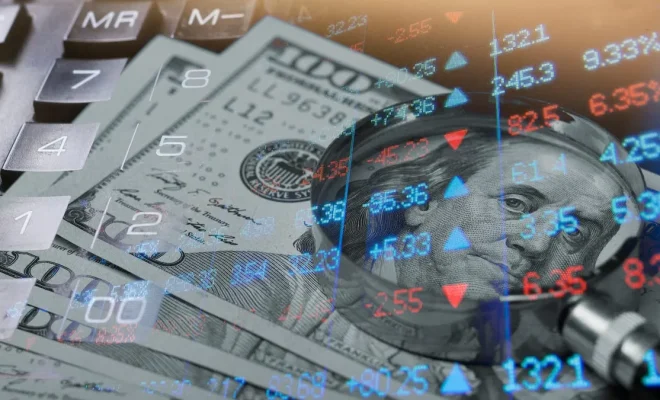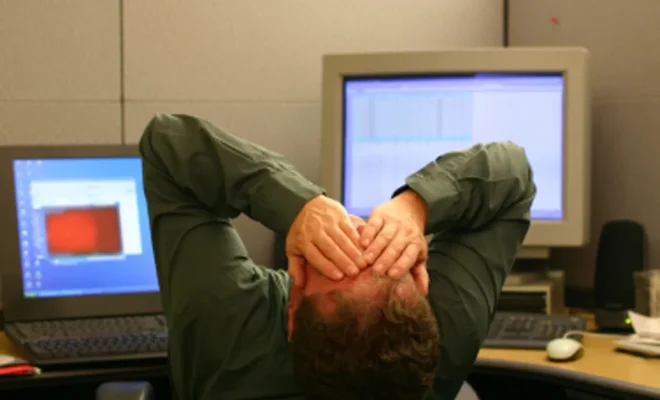Historical CD Interest Rates From 1984 to 2023: A Comprehensive Overview

Introduction
In recent decades, certificates of deposit (CDs) have become a popular investment choice among individuals seeking a safe and relatively stable investment option. The interest rates of CDs have seen significant fluctuations over the years, influenced by factors such as national economic growth, inflation, and Federal Reserve policies. This article explores the historical CD interest rates from 1984 to 2023, providing a comprehensive overview of their trends and developments.
1984-1989: High Interest Rates in Response to Inflation
Starting in 1984, CD rates experienced a period of high interest due to a focus on combating inflation. The rates reached their peak in 1984 at around 12%, providing investors with generous returns on their investments. However, as inflation decreased and economic policies shifted towards growth stimulation, CD interest rates began their decline during these years, dropping to approximately 9% by the end of the decade.
1990-1999: A Rollercoaster Decade for CD Interest Rates
The 1990s saw a continuation of declining interest rates, with several economic downturns contributing to this trend. By the mid-1990s, CD interest rates had fallen dramatically from their previous highs in the late 80s to just around 3%. As economic recovery took hold towards the end of the decade, there was a brief resurgence in CD interest rates that peaked at around 6% in 1998. However, this was short-lived as rates settled back below 5% as the decade came to a close.
2000-2009: The Dotcom Bubble and Financial Crisis
The first half of the new millennium marked another decrease in CD interest rates due to several factors that influenced economic conditions globally. Rates remained relatively low during this period; however, they briefly spiked at around 5% in the mid-2000s, likely in response to the Federal Reserve raising interest rates.
The financial crisis of 2008 brought with it a drastic decline in CD interest rates. With the national and global economy struggling, the Federal Reserve took measures to reduce interest rates, which directly impacted CDs. By the end of 2009, CD interest rates fell below 1% for the first time in decades.
2010-2023: A Decade of Low Rates
In an effort to support economic recovery after the financial crisis, CD interest rates remained low for much of the early 2010s. As markets stabilized and central banks raised their rates slightly, there was a slow but steady increase in CD interest rates during this period. However, they remained subdued when compared to previous decades.
As we approach 2023, predictions for CD interest rates remain uncertain due to factors such as inflation trends and global economic developments. While some experts anticipate a gradual yet moderate rise in CD interest rates throughout the decade, it is important for investors to stay informed and make decisions based on current data and trends.
Conclusion
The historical fluctuations of CD interest rates from 1984 to 2023 have been heavily influenced by diverse economic factors such as inflation, Federal Reserve policies, market volatility, and global economic events. Understanding these trends provides investors with insight into how different factors can shape investment opportunities and serves as a useful guide for making informed decisions about whether or not CDs are right for their financial goals.






